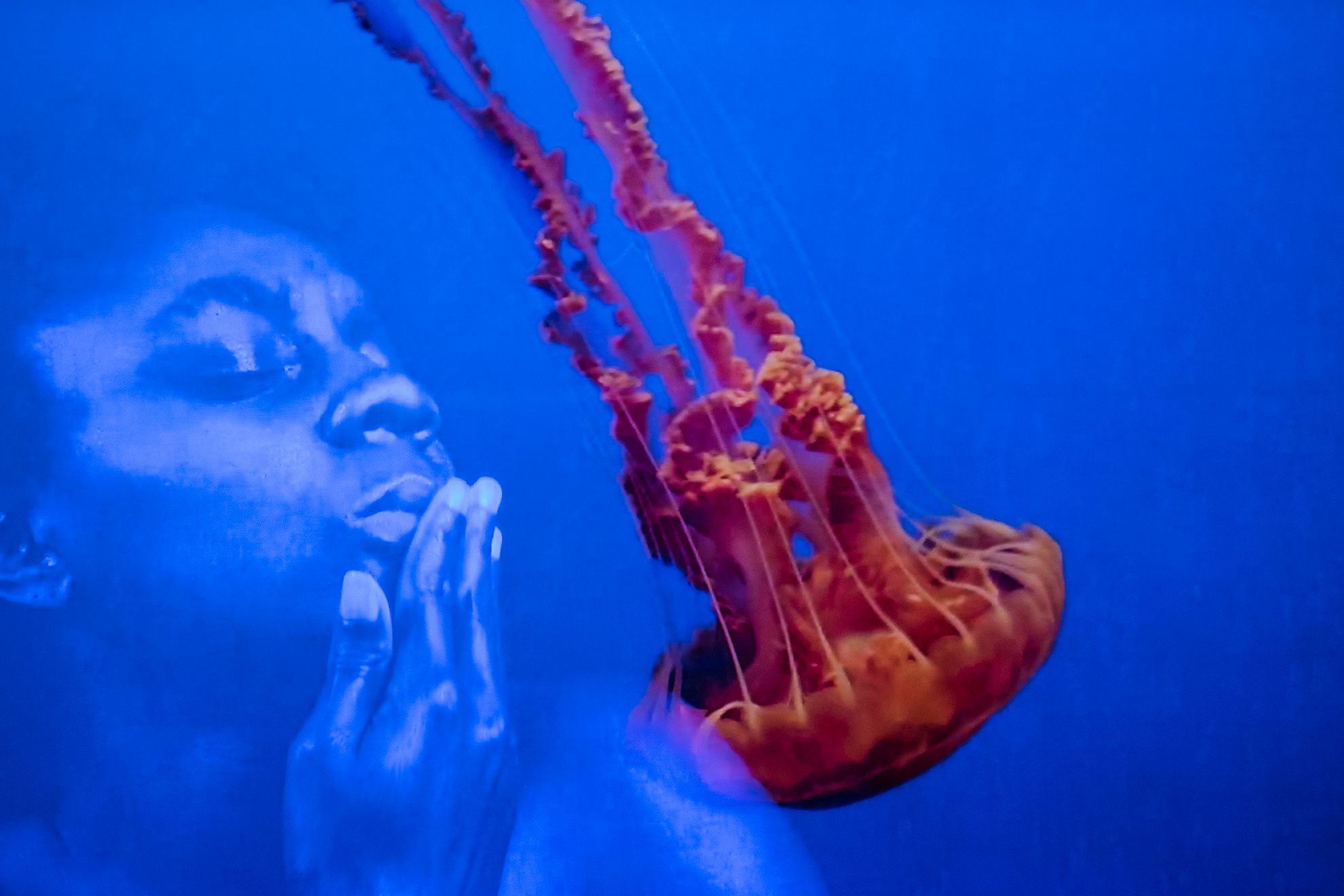Courtney Desiree Morris
Based in California, Courtney Desiree Morris is an artist and academic whose work examines race, environmental politics, remembrance, and the constant search for “home.” Her art is concerned with understanding the ways that we inhabit places—whether through migration, ancestry, or shared social memory—and how those places inhabit us. This interplay between territory and human subjectivity can be seen in how she often uses her own body as a staging ground for remembering her families’ experiences of loss and dispossession.
Morris participates in How to Tread Lightly with a short experiment film entitled Sopera de Yemayá (2020). It is guided by the idea that the sacred can be found everywhere, even in the most mundane spaces and practices of daily life. The artist delves into the experiences of female ancestors and elders whose stories are often missing from family histories and official historical narratives. The film draws on the folklore of Yemaya, a deity with roots in the Yoruba religion who is often depicted as a mermaid. Stories about Yemaya were brought to Brazil, Cuba, Haiti, and the U.S. by enslaved Africans as early as the 16th century. Sopera de Yemayá manifests the fierce, nurturing energy of Yemaya as a contemporary tool to make the human voices of the transatlantic slave trade more tangible, to ground the current Black Lives Matter Movement in the spiritual, and to better recognize the injustices and trauma faced by Black mothers in particular. At the same time all these issues are interwoven with a deep concern for non-human creatures and the underwater world, attributes indelibly connected to Yemaya and her spiritual paths.
Do you want to learn more about the project?
st_age, is a digital platform launched by TBA21 as a response to the Covid-19 crisis to present newly produced works. It aims to offer refuge and support and at the same time to establish ground for discussion and collaboration between different disciplines and generations in order to build the foundations of a new cultural space.

